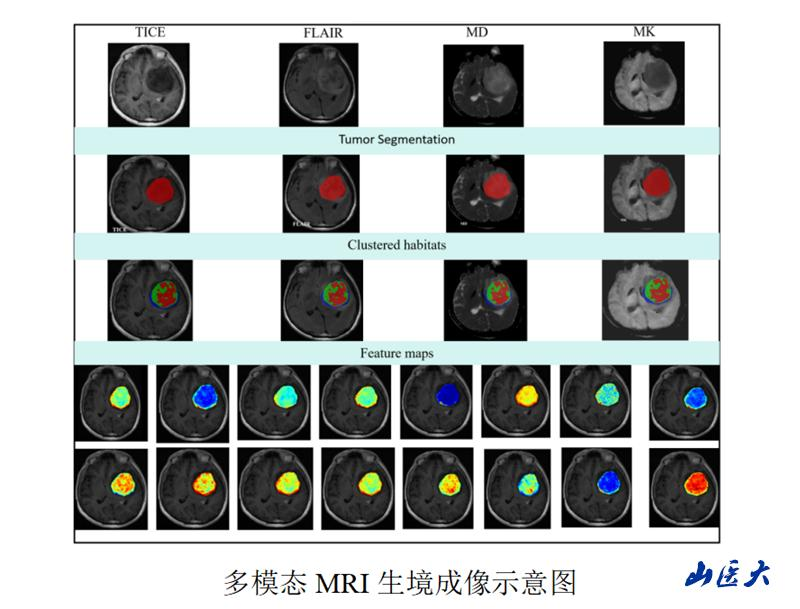Recently, the research team led by Professor Zhang Hui from the School of Medical Imaging of our university published the latest research findings titled "MRI transformer deep learning and radiomics for predicting IDH wild type TERT promoter mutant gliomas" in npj Precision Oncology, a sub - journal of Nature. Niu Wenju, an undergraduate student majoring in medical imaging technology in the class of 2022 of the School of Medical Imaging, is the first author. Master students Yan Junyu, Hao Min, etc. are co - authors. Professor Zhang Hui, Associate Professor Yang Guoqiang, and Chief Physician Wang Lei from Beijing Tiantan Hospital affiliated with Capital Medical University serve as co - corresponding authors.

Glioma is the most common primary malignant tumor of the central nervous system. It is highly heterogeneous, with an average survival time of less than 21 months. Gliomas of the same pathological grade exhibit different biological behaviors. IDH wild - type TERT promoter - mutant gliomas have a poorer prognosis and stronger invasiveness. Focusing on the important clinical problem that the high - level molecular heterogeneity of gliomas is difficult to accurately quantify before surgery, the research team retrospectively analyzed the multi - parametric magnetic resonance imaging (MRI) and tumor gene molecular information of 1185 glioma patients from three affiliated hospitals of Shanxi Medical University, Beijing Tiantan Hospital, and the TCGA public database. Based on the data of multi - center and large - cohort patients, for the first time, they integrated multi - dimensional MRI, cross - scale attention vision Transformer (CrossFormer) deep learning, and radiomics to achieve accurate preoperative prediction and prognosis assessment of IDH wild - type TERT promoter - mutant gliomas. This has important research value for non - invasive early warning of the malignant transformation of gliomas, and is helpful for clinical accurate preoperative diagnosis, survival prognosis assessment, and risk - stratification management of gliomas.

Relying on the "Intelligent Imaging Big Data and Functional Nano - imaging" Engineering Research Center of Shanxi Province, the "Intelligent Imaging and Nanomedicine" Key Laboratory of Shanxi Province, and the Shanxi Medical Imaging Specialist Alliance, the research team, in collaboration with multiple affiliated hospitals of Shanxi Medical University, took the lead in applying habitat intelligent imaging technology to accurately quantify the molecular heterogeneity of gliomas and achieved accurate prediction of high - risk molecular subtypes of gliomas. Related research findings have been successively published in high - level journals in the field of tumor imaging such as Ann Clin Transl Neurol and Cancer Imaging. This marks a new breakthrough in the team's application of new intelligent imaging technologies to predict the molecular typing and survival prognosis of gliomas, and opens up a new perspective for accurately quantifying and evaluating the molecular heterogeneity of gliomas.

The research work was supported by the Regional Joint Key Project of the National Natural Science Foundation of China and the General Project of the National Natural Science Foundation of China.